When it comes to landscaping, few materials are as versatile and visually appealing as river rock decorative stone. I remember the first time I used river rocks in my garden; it transformed the space into a relaxing oasis. Whether you’re looking to beautify your garden, create a path, or add a touch of elegance to your outdoor living space, river rock can do it all. In this comprehensive guide, I will walk you through everything you need to know about river rock, including its benefits, uses, tips for installation, and much more!
What is River Rock Decorative Stone?
River rock is a smooth, rounded stone that has been naturally shaped by the flowing water of rivers and streams. These stones come in various sizes, colors, and textures, making them a popular choice for landscaping projects. Their natural beauty and durability make them a favored option among homeowners and landscapers alike.
Types of River Rocks
| Type | Description | Common Uses |
|---|---|---|
| Small River Rocks | 1-2 inches in diameter, smooth and colorful | Decorative ground cover, water features |
| Medium River Rocks | 2-4 inches, ideal for pathways | Pathways, driveways, erosion control |
| Large River Rocks | 4 inches and above, bold and dramatic | Garden borders, focal points, retaining walls |
Benefits of Using River Rock Decorative Stone
Using river rock in your landscaping has numerous benefits. Here are some of the most notable:
1. Aesthetic Appeal
The smooth, polished look of river rocks adds a natural beauty to any landscape, complementing plants and other decorative elements. They can blend seamlessly with various architectural styles, from modern to rustic.
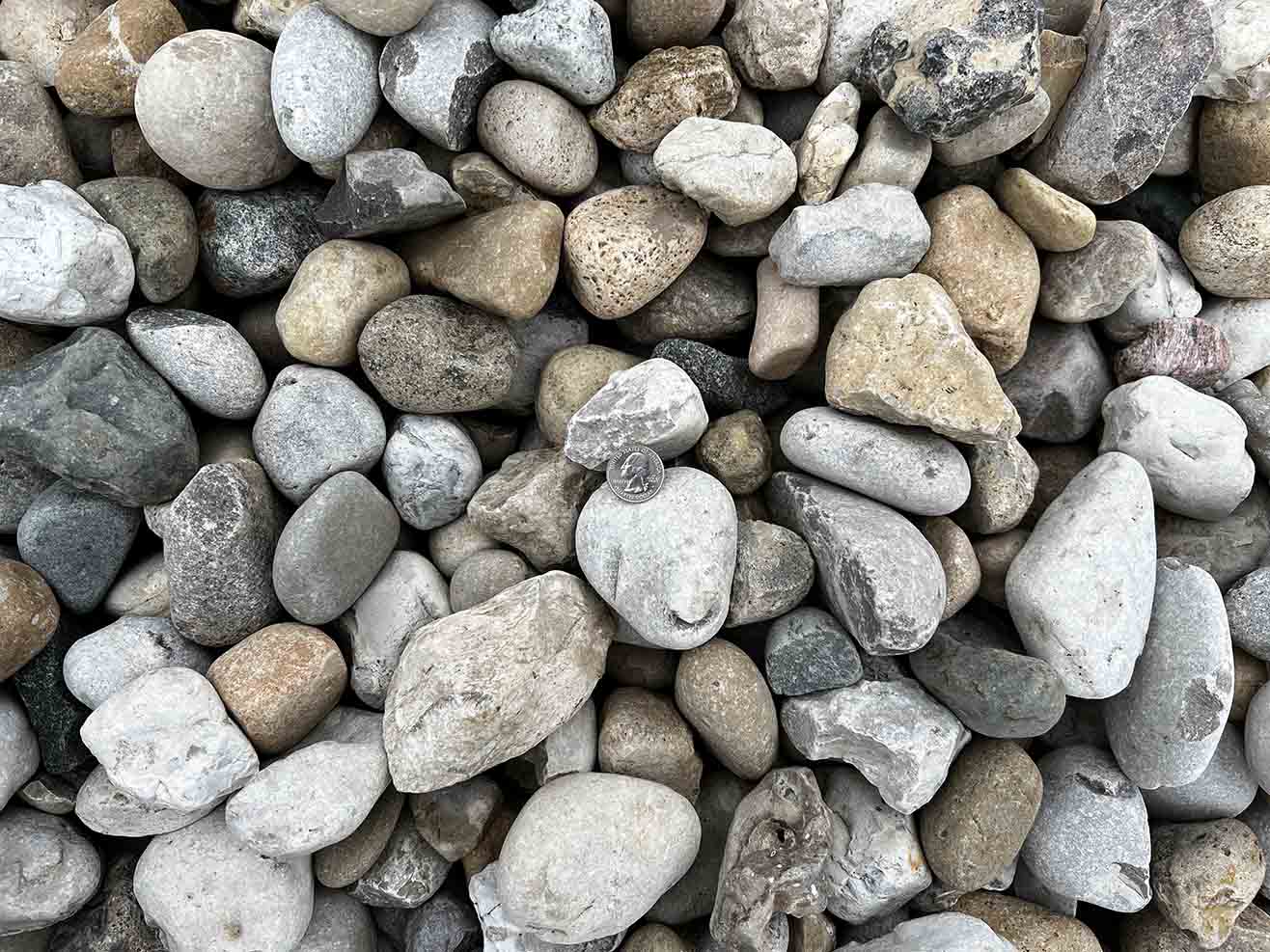
2. Low Maintenance
Unlike mulch, which needs to be replaced regularly, river rocks last for years. They do not decompose and are resistant to weeds, reducing the need for maintenance.
3. Versatility
River rocks can be used in many different ways, making them suitable for any outdoor project. From ground cover and mulch replacement to creating beautiful pathways and water features, the possibilities are endless.
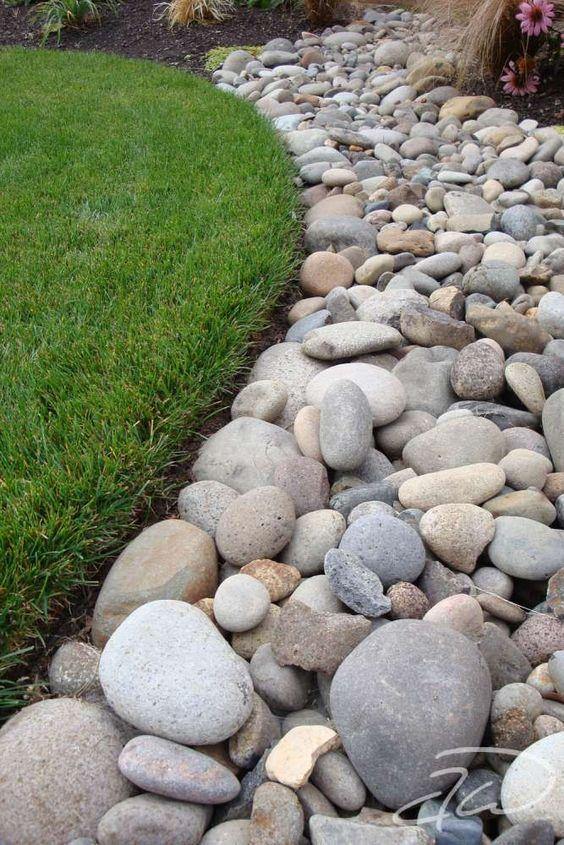
4. Natural Drainage
With their rounded shapes and varying sizes, river rocks promote excellent drainage. This feature is particularly beneficial in areas prone to flooding or heavy rainfall, as it helps to prevent water accumulation.
5. Environmental Benefits
Using natural stones like river rocks is an environmentally friendly choice. They are sourced sustainably and help stabilize soil, preventing erosion.
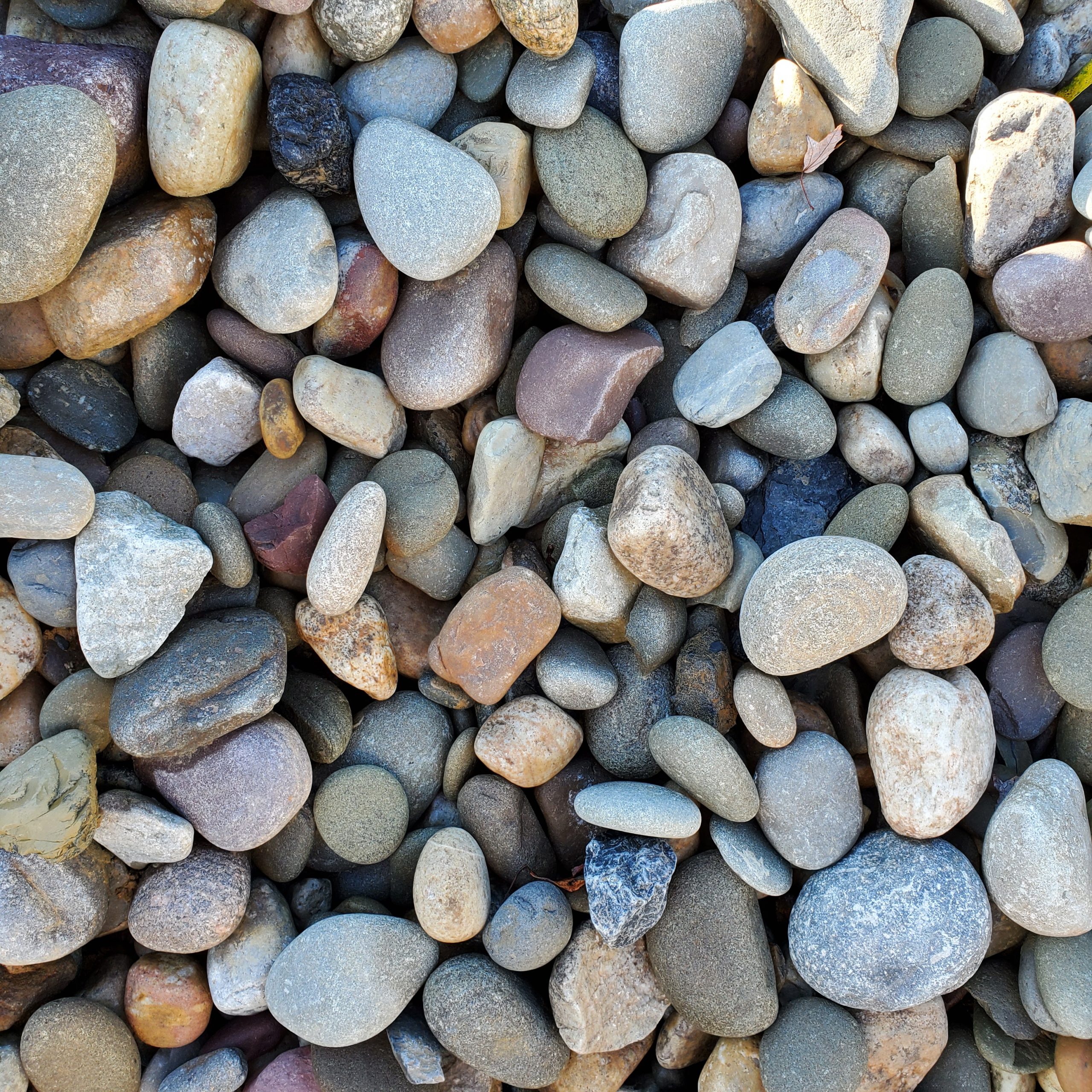
Common Uses of River Rock in Landscaping
Let’s dive deeper into how you can use river rock effectively in your landscape design.
1. Decorative Ground Cover
River rocks make for an attractive ground cover, providing a finished look to flower beds and around shrubs. They can be particularly beautiful when layered with colorful plants.
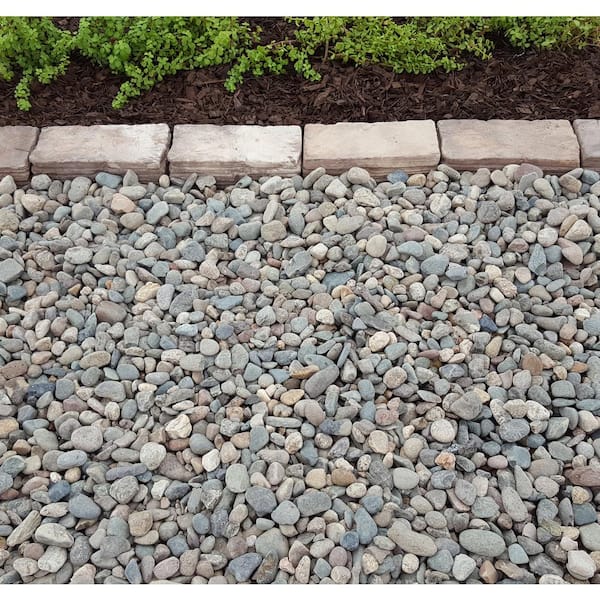
2. Pathways and Walkways
Creating a pathway with river rock is a popular choice. The stones are easy to walk on, and their smooth surfaces provide a safe footing.
How to Create a River Rock Pathway
- Choose your pathway location.
- Dig out the pathway area to about 3 inches deep.
- Install landscape fabric to prevent weeds.
- Add your river rocks, spreading them evenly.

3. Water Features
Using river rock in water features, such as ponds or streams, adds a natural touch. The stones can help create a rustic look and enhance the overall aesthetic of the water feature.
4. Erosion Control
If you live in an area susceptible to heavy rain, river rock can help control erosion. By placing them along slopes and embankments, you can stabilize the soil and prevent runoff.
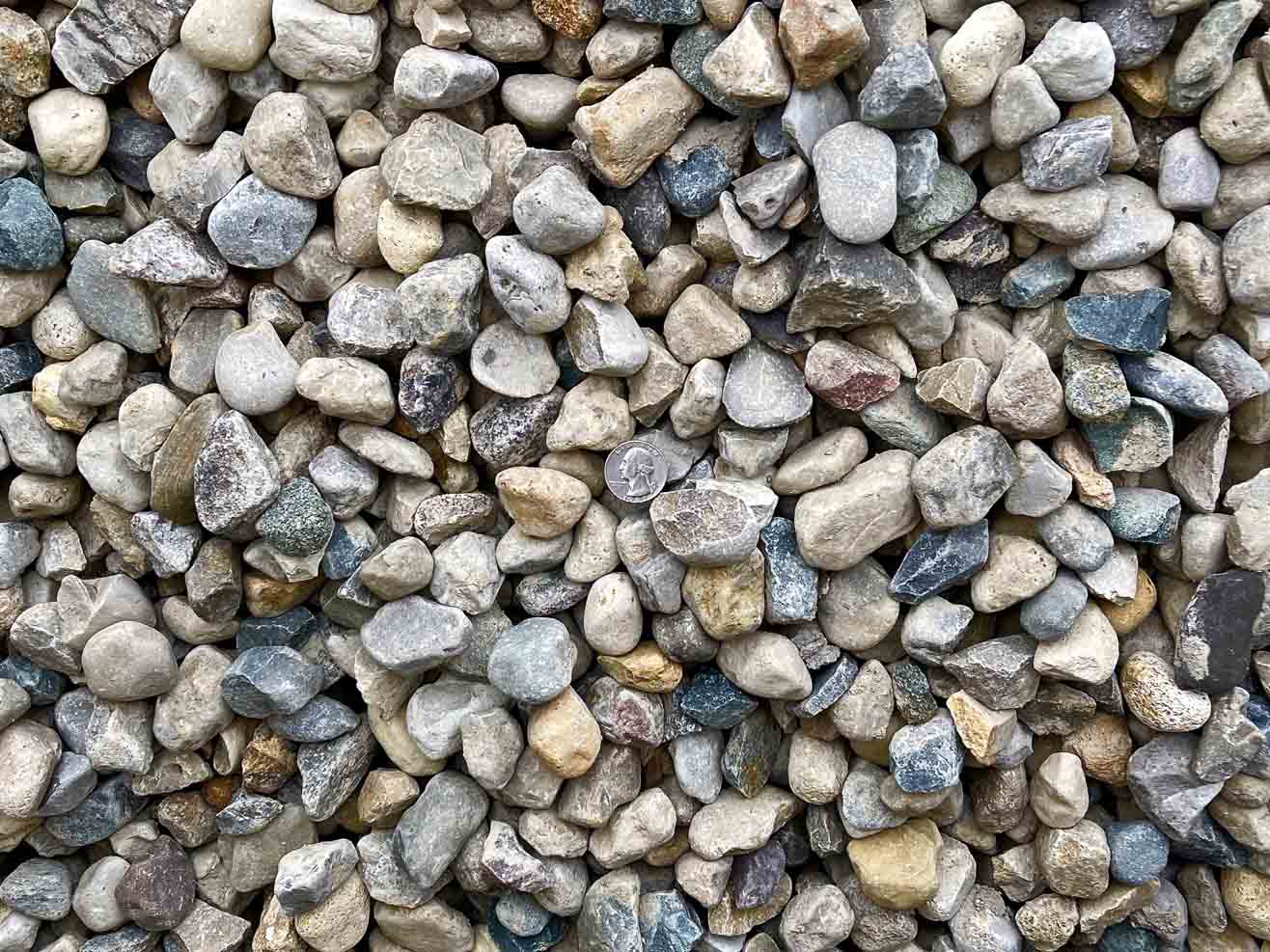
5. Retaining Walls
Large river rocks can be stacked to create decorative retaining walls. These walls not only serve a functional purpose but also enhance the visual interest of your landscape.
Choosing the Right River Rock for Your Project
Selecting the right type of river rock depends on your specific needs and the overall design of your landscape. Here are some tips to help you make the right choice:

1. Consider Size and Shape
Think about where you want to use the river rock. Smaller stones are great for ground cover, while larger stones can be more dramatic and used as focal points.
2. Evaluate Color and Texture
River rocks come in various colors, including shades of brown, gray, and even vibrant reds. Choose colors that complement your plants and the overall theme of your garden.
3. Think About Functionality
Consider the purpose of the river rock in your landscape. If you need excellent drainage, go for larger stones to promote water flow.
Installing River Rock: Tips and Best Practices
Installing river rock can be a straightforward process if you follow these tips:
1. Preparation is Key
Before laying river rock, prepare the area by removing any grass or weeds. This ensures a clean surface for the rocks.
2. Use Landscape Fabric
Installing landscape fabric under the stones can help prevent weeds from growing through your river rock. This simple step can save you a lot of hassle down the road.
3. Layering Techniques
For a more aesthetic look, consider layering different sizes of river rock. This adds dimension and interest to your landscape.
4. Regular Maintenance
While river rock requires less maintenance than other materials, occasional raking and cleaning can help keep your landscape looking its best.
Cost of River Rock Decorative Stone
Understanding the cost associated with river rock can help you budget your landscaping project. Costs can vary based on size, color, and geographical location. On average, you can expect to pay between $100 and $800 per ton, depending on the quality and type.
Cost Comparison Table
| Type of River Rock | Average Cost per Ton | Typical Uses |
|---|---|---|
| Small River Rock | $100-$150 | Ground cover, decorative landscaping |
| Medium River Rock | $120-$200 | Pathways, erosion control |
| Large River Rock | $150-$300 | Retaining walls, focal points |
Pros and Cons of River Rock Decorative Stone
As with any landscaping material, there are pros and cons to consider before deciding to use river rock.
Pros
- Natural beauty and variety in color
- Durability and low maintenance
- Excellent drainage properties
- Environmentally friendly choice
Cons
- Can be more expensive than mulch
- Heavy and difficult to move without equipment
- May shift over time if not installed properly
FAQs About River Rock Decorative Stone
What is the best size of river rock for landscaping?
The best size depends on your specific project. Smaller river rocks (1-2 inches) are ideal for ground cover, while medium (2-4 inches) and large rocks (4 inches and above) work well for pathways and retaining walls.
Can river rock be used in a garden bed?
Yes! River rock is often used as a decorative ground cover in garden beds, as it provides a beautiful aesthetic while promoting good drainage.
How do I clean river rock?
To clean river rock, simply rinse them with a hose or power wash them to remove dirt and debris. For stubborn stains, a gentle scrub with soap can be used.
Are river rocks safe for pets?
Generally, river rocks are safe for pets, but it’s essential to monitor them to prevent any swallowing of smaller stones.
Conclusion: Why River Rock is a Fantastic Choice for Your Landscape
Incorporating river rock decorative stone into your landscape can enhance its beauty, functionality, and overall appeal. With its numerous benefits, low maintenance requirements, and versatility, river rock is undoubtedly a fantastic addition for any homeowner looking to create a stunning outdoor space. I still enjoy the tranquility my river rock garden brings, and I encourage you to consider this natural material for your next landscaping project.